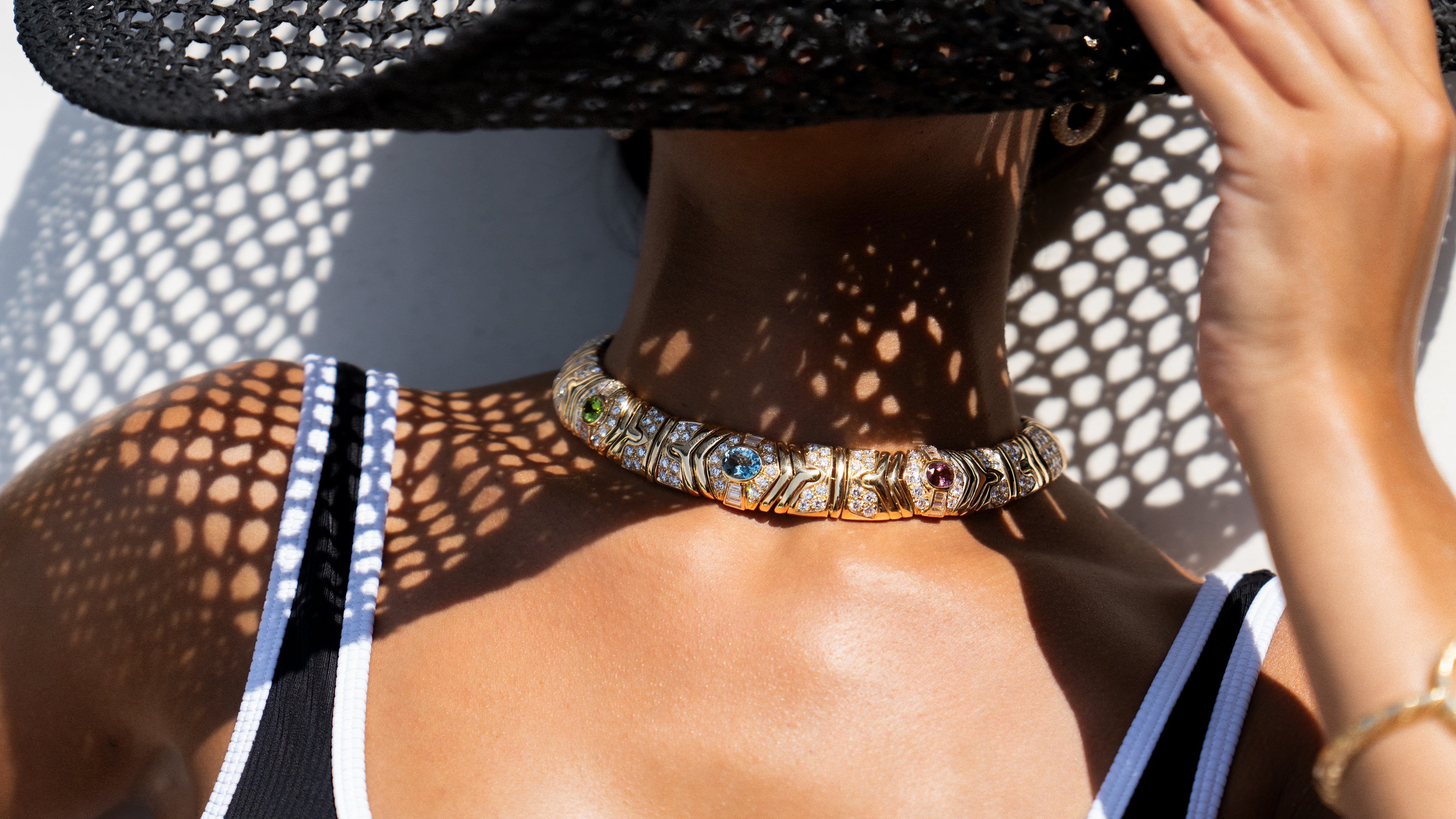Mikimoto
The History Of Cultured Pearl Jewelry
Kōkichi Mikimoto founded Mikimoto Pearls by creating the first cultured pearl in 1893. Thanks to this accomplishment, the beauty of pearls spread around the world and became available to people everywhere, not just the upper-class.
Since that time, Mikimoto has continued the legacy of adorning necks with pearls as well as becoming an esteemed house of design.

The First Cultured Pearl By Mikimoto
Japan’s Shima Peninsula is a sacred place for this brand. Since the 19th century, it had been producing native akoya oysters which were unfortunately becoming depleted of natural pearls due to their rare occurrence and over harvesting. Having a fascination for the sparse natural pearl, Kōkichi Mikimoto endeavored to be the first to successfully create a process to grow a pearl.
This process would become to be known as culturing pearls. This kind of pearl is still an organic gem, but it's growth is instigated by human intervention. Mikimoto found that he could implant a small round bead into an akoya pearl oyster as an irritant to initiate growth. He also found that since the bead was round, nacre formation had a guide to shape.

Mikimoto's first cultured pearl was successfully grown in 1893 as a semi-spherical shaped pearl.
This ingenuity lead to pearl accessibility and its affordable distribution among the masses.
Production was instituted at the island of Ojima near Toba, now known as Mikimoto Pearl Island because of the company’s dominance. The first pearl specialty boutique was opened in Tokyo’s Ginza shopping district which laid the groundwork for the modern jewelry industry in Japan.


World Renowned Legacy
The marrying of traditional Japanese craftsmanship and European finesse enabled the establishment of the Mikimoto Gold Work Factory in 1907. This was Japan’s first factory dedicated to the design and manufacture of jewelry.
Cultured pearls garnered attention and popularity quickly. Kōkichi Mikimoto actively participated in exhibitions and fairs to illustrate the lustrous intrigue of the cultured pearl.
His outreach stretched overseas as he opened his first European store in 1913 in the grand city of London. With this major foothold, Mikimoto was able to continue to open locations in New York, Paris, and other major cities.
Success did not come without challenge. In 1921 an English article spread declaring Mikimoto's precious pearls as "fake" and that the brand was deceiving buyers. The defamation case was taken to French court in what is known as "The Paris Trials". Mikimoto won the legal battle and his reputation continued to soar.
So much so that he caught the attention of Thomas Edison. Mikimoto had sent his pearls on a grand tour of the United States in 1927. Here Edison declared,
"This isn't a cultured pearl, it's a real pearl. There are two things which couldn't be made at my laboratory - diamonds and pearls. It is one of the wonders of the world that you were able to culture pearls. It is something which is supposed to be biologically impossible."

As of 1972, K. Mikimoto & Co. Ltd now has a comprehensive jewelry line with an emphasis on pearls. Just like its inventive inception, the company continues to actively engage the pearl industry with research and preservation of the marine life and ecosystems affected by pearl farming.
The legacy of Mikimoto is a constantly expanding vision of one of the world's oldest and most precious gemstones.
Browse our Selection of Mikimoto Pieces

